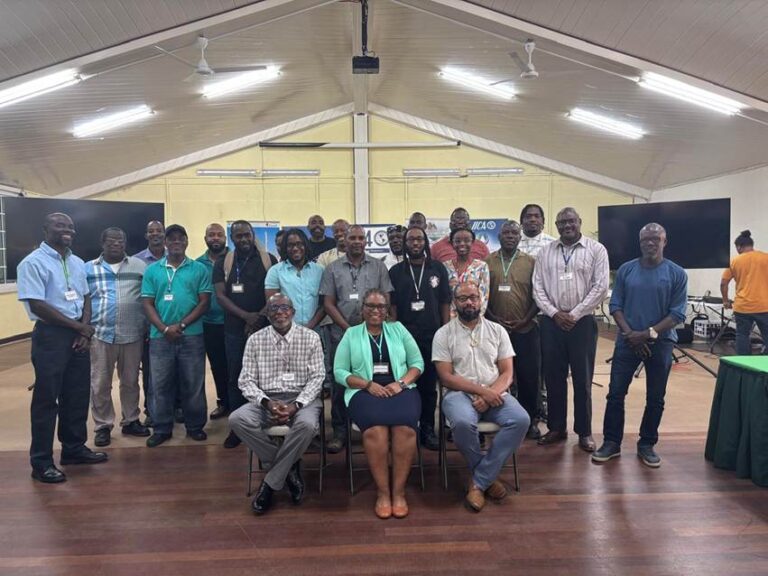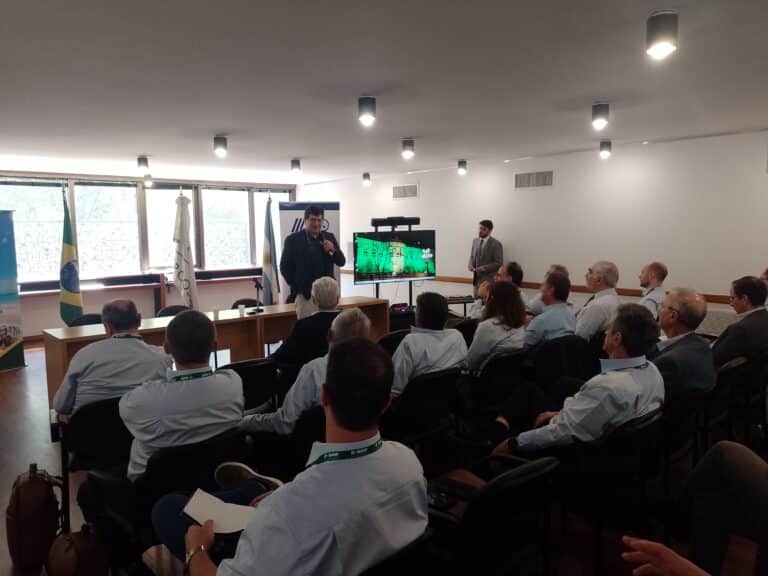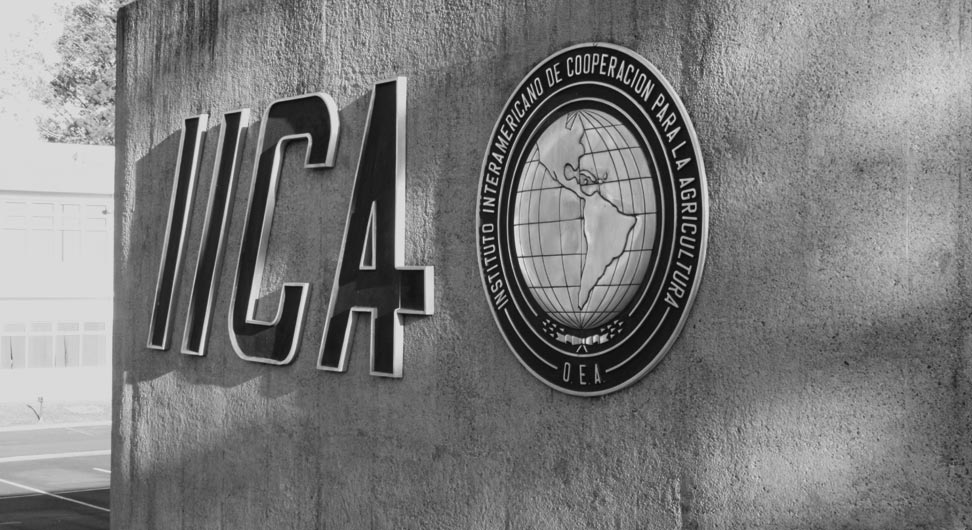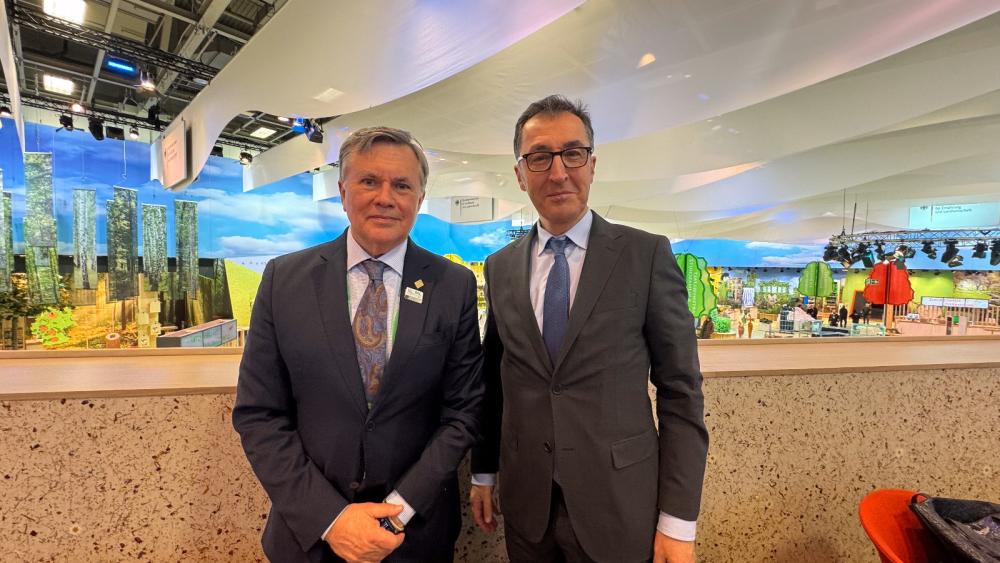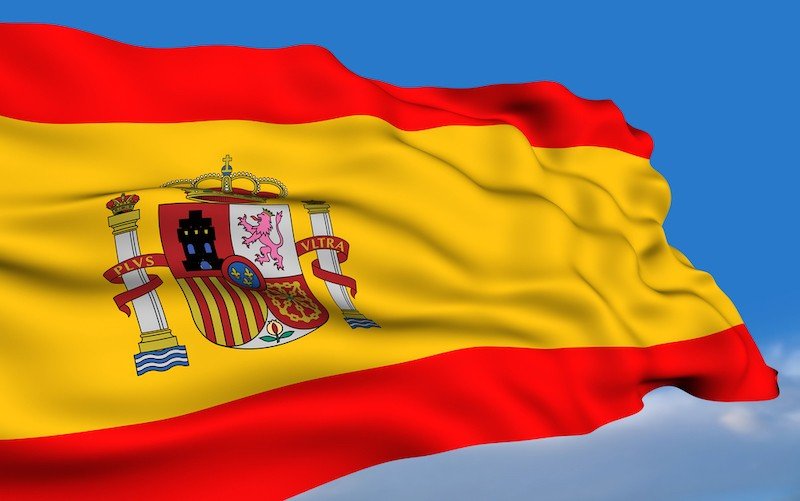
San Jose, Costa Rica, 2 June 2025 (IICA) – The farm of Juan Simón Angoa Salvador, is located in Ixtenco, in the Mexican state of Tlaxcala. It is both a sanctuary, preserving the seeds of the country’s native corn varieties, and a pilgrimage site for chefs and culinary students seeking to discover the true secrets to making the tortilla, the national dish of millions of Mexicans.
“I was born practically in the corn fields”, says Simón. “Four generations of my family have planted corn on this land, as well as beans, broad beans, pumpkins and other crops from the region”.
His farming lineage can be traced backed to one of his grandfathers – a soldier of Emiliano Zapata who received the family’s first plot of land after the Mexican revolution. For Angoa, it all began when his mother gave him a small box containing a genetic and cultural treasure – artisanal seeds of native corn varieties of the region.
Simón recalls her words. “She told me, ‘Son, don’t lose this. Continue planting it, for your own good’”.
Now, looking back from a distance, after decades of producing local corn and promoting food security for his neighbors in the region, he says he is “thankful” for what his mother told him. “Parents are wise, and I am grateful for them and for life”, he assures us with a smile as the sun rises on yet another workday in Ixtenco.
The Inter-American Institute for Cooperation on Agriculture (IICA) has named Angoa as one of its “Leaders of Rurality of the Americas”, in recognition of his efforts to protect the genetic treasure of Mexican corn and to disseminate the value of healthy food.
Thus, he will receive the “Soul of Rurality” award, an accolade created by the specialized international agency in agricultural and rural development to turn the spotlight on men and women who are making a difference in the rural areas of the Americas and creating an example for the upcoming generations.
Simón’s work, continuing in the family tradition, has seen him amassing a large collection of colored corn varieties. He proudly reports that he has “approximately 180 different shades and about sixteen of the existing varieties in the republic. We have the good fortune of having the largest number of colored corn varieties in the country and possibly the world”.
The Mexican farmer explains that although his own farm consists of about five hectares of land “in different places, since [he loves] the farming life”, he also farms on other plots that he leases both on his own and with other farmers from the region. In total, he is cultivating forty hectares.
In his words, working on the land “is in my blood” and this connection led him to settle down permanently in Ixtenco. Prior to that, he operated machinery and was introduced to new tools and technologies in the United States.
Although a son of the soil, born in the countryside in the heart of a farming family, “when you are young you want to experience the world”. He travelled to Mexico City and spent several years skipping back and forth from the United States.
When his mother became ill, this was his sign to make a permanent return home. He didn’t need much convincing. “The countryside completes me, the smell of the earth, working in nature, seeing the sun rise. All these things satisfy me, fulfill me, make me feel amazing”, he confesses.

Simón’s farm consists of about five hectares of land in different places; and he also farms on other plots that he leases both on his own and with other farmers. In total, he is cultivating forty hectares.
“Corn is corn, but…”
Starting with the precious box of seeds bequeathed to him by his mother, Angoa gradually developed an approach to farming his land, which is located practically in the center of the country, three hours from the bustling federal capital. Over time, he notes, “we learned to plant without pesticides, using agroecological practices. In the meanwhile, he expanded his production of heirloom corn varieties and improved the landscape by planting trees.
He says that, “Apart from being a farmer, I love to develop reforested areas on my land, instead of leaving them barren. They should not simply be extensions of plots cultivated with a single crop. I want to resuscitate these lands”.
But at the heart of Angoa’s work is the complex dichotomy between hybrid or transgenic corn and heirloom varieties. Simón’s view on this is clear-cut. “Corn is corn, but the other varieties are modified, and these (native ones) are completely natural”, with all the inherent health and nutritional benefits.
On the other hand, the colors of the Mexican corns are not simply for aesthetic enjoyment, but demonstrate the presence of anthocyanins, the plant pigments responsible for the beautiful variations of red, blue and purple in the corn cobs. These substances have proven antioxidant, anti-inflammatory and anti-carcinogenic properties that Simón explains “help to slow down aging”.
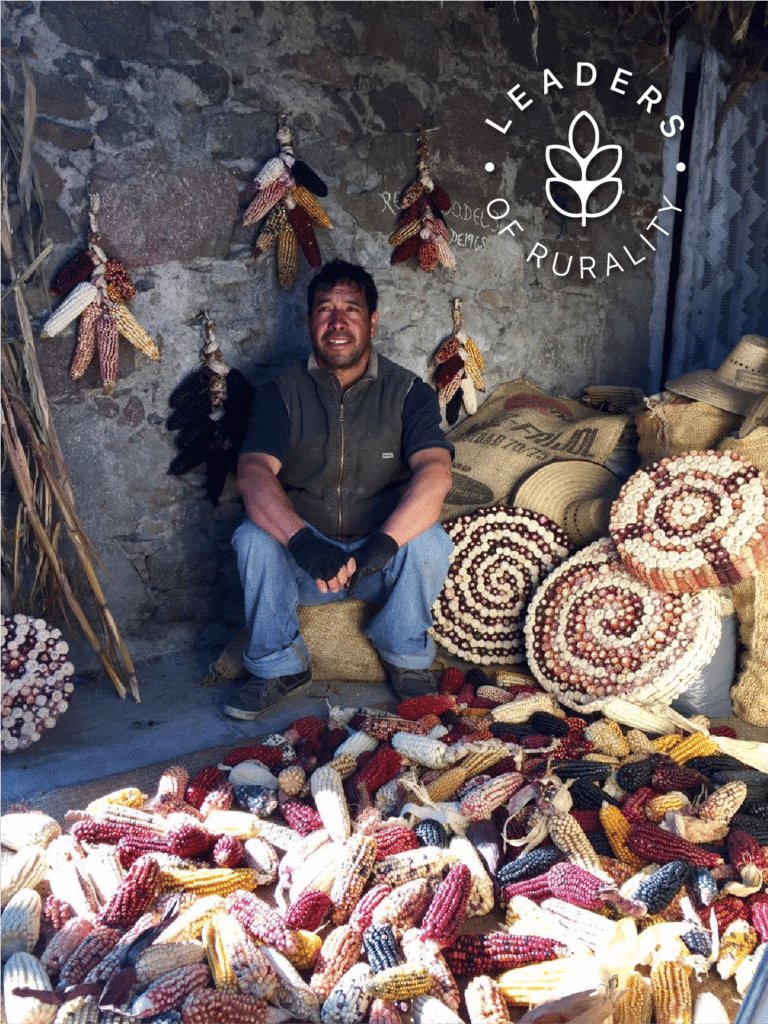
Discovering the secrets of the tortilla
Angoa is not selfish with his knowledge about corn. In fact, he runs a community organization from his farm: El Maiz de Nuestra Tierra. Through it, he disseminates the values, benefits and information on heirloom corns. More information can be found on its Instagram page: @elmaizde. Its slogans are straight-forward: “No corn; no country” and “Heirloom corn, beans and ayocote: with the flavor of Mexico”.
In addition to providing general agrotourism services, which include lodging, nature walks and dinners, the organization offers personalized packages for chefs, culinary students and hotel industry professionals from Mexico and other countries, who, above all, are seeking to find out the secret to preparing the perfect tortilla.
The most popular practical and theoretical workshops are about nixtamalization, which involves cooking corn with water and calcium hydroxide to prepare nixtamal – the substance used to prepare the dough for tamales and tortillas, among other basic items in Mexican and Central American dishes. Its very name reflects its ancestral origin: the term nixtamal is derived from the Nahuatl words nextli (“lime ashes”) and tamalli (“cooked corn dough”).
Angoa points out that the nixtamalización process is “important and must be almost perfect, because if the nixtamal cooks too long, the tortilla will be rubbery” and cannot be used to prepare anything. “And if it is undercooked, the tortillas will fall apart”.
With a wink, Simón notes that, “Most chefs can spout a lot of theory and all that, but in practice, they have much to learn about preparing tortillas”.
The Mexican farmer shares another important detail. If people ate corn that has been properly nixtamalized, there would be no calcium deficiency problems. He explains that “the nixtamalization process increases the nutritional value of the corn”. Consequently, “Children would not suffer from problems with their teeth and would have strong bones”.
Good stress-releasing foods
Whether you come to Ixtenco simply as an agrotourist or as a culinary professional, Angoa uses the opportunity, “since you have come this far, to educate you about corn, to have you sample tortillas, beans and quelites [Mexican greens]. It is also important to educate children, to teach them values that we are losing” because of new eating habits.
In Angoa’s view, it is quite simple. Young people should be taken to the small communities in the heart of Mexico to sample the local delicacies. Some people have even come to visit El Maíz de Nuestra Tierra, “spent a week here and changed their eating habits, leaving the stress of the city behind”.
“The same thing happened to me”, he admits. “Young people want to conquer the world. They only want travel, cars, luxury; they are constantly stressed and don’t want commitments. But they come here and rediscover other values. Living well or being healthy does not mean going to a restaurant and eating an expensive meal. It is more important to eat something that makes you feel good and doesn’t make you sick”.
How do we overcome these obstacles? By disseminating “a lot of information about people who have adopted agroecological practices. We need to be educated about what we eat. Unfortunately, we work all our lives to build up a nest egg and ultimately that nest egg is not enough to cure our ailments”.
His final secret is to “do everything with passion”, because if farmers commit to producing healthy crops and “they feel good, then this proves that they are doing things correctly”.

Starting with the seeds bequeathed to him by his mother, Angoa gradually developed an approach to farming, by planting without pesticides, using agroecological practices.
More information:
Institutional Communication Division.
comunicacion.institucional@iica.int

